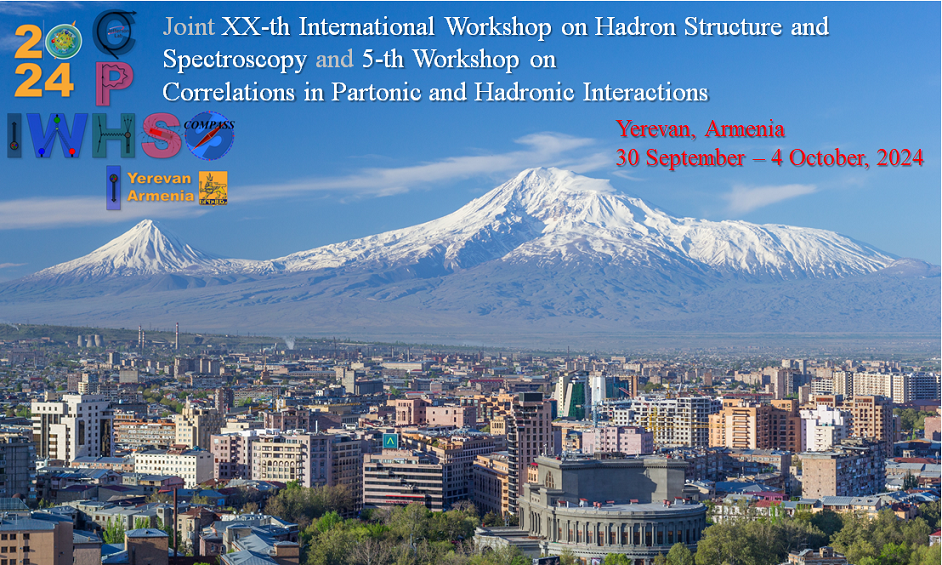Speaker
Description
Nuclear structure at short NN distances is still poorly known. In the past, most experiments studied either A(e,e'pN) or A(p,ppN) processes without identification of the state of the residual nucleus. It was even not always clear whether the residual (A-2) nucleus survives and is not broken. (The exception are the experiments at NIKHEF and MAMI on the 16O(e,e'pp)14C process where the 0^+ ground state of 14C was resolved allowing to select 1S_0 state of the pp-pair.) Nowadays, the availability of the nuclear beams allows to use the inverse kinematics with proton target at rest in order to detect the residual nucleus and eventually to determine its quantum state. This opens up the possibility to filter-out certain internal quantum states of the short-range correlated (SRC) pair and the states of the relative motion of the pair and the residual nucleus. Theoretical description of such fully exclusive reactions needs fully quantum models. In this talk, the approach based on the translationally-invariant shell model to describe SRC reactions will be discussed. Calculations were performed for reactions 12C(p,ppn)10B and 12C(p,ppp)10Be with carbon beam at 48 GeV/c, studied by BM@N collaboration at JINR, see refs. [1,2] for detail.
[1] M. Patsyuk et al., Nature Phys. 17, 693 (2021) [arXiv:2102.02626]
[2] A.B. Larionov, Yu.N. Uzikov, Phys. Rev. C 109, 064601 (2024) [arXiv:2311.06042]
